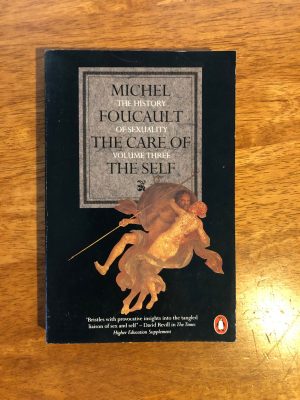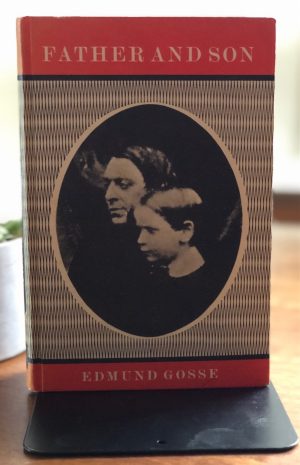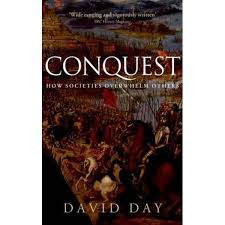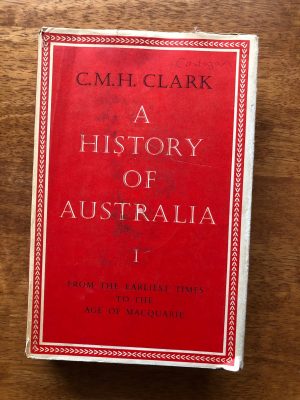Description
Volume 5 in the collected works of Carl Jung. Princeton University Press.
Symbols of Transformation by C.G. Jung, is a groundbreaking work that delves into the realms of mythology, symbolism, and the unconscious mind. Originally published in 1952 as the fifth volume of Jung’s collected writings, this book explores the transformative journey of the psyche and the universal symbols that appear in dreams, myths, and religious traditions.
At the core of Symbols of Transformation is Jung’s exploration of the process of individuation – the psychological process of integrating the conscious and unconscious aspects of the self to achieve a more balanced and whole personality. Jung investigates the symbolism found in myths, fairy tales, and religious texts to illustrate the archetypal patterns that shape human experiences and the collective unconscious.
The book introduces the concept of the “archetype,” a universal symbol or theme that is present in the myths and stories of diverse cultures throughout history. Jung argues that these archetypal symbols represent fundamental elements of the human psyche, and their recognition can lead to profound personal and spiritual growth.
Jung’s writing is richly layered, drawing on a wide range of cultural and historical references. He discusses symbols such as the hero, the dragon, and the divine child, exploring how these symbols manifest in dreams and the creative expressions of individuals.
Symbols of Transformation by C.G. Jung is a challenging yet rewarding read, offering deep insights into the symbolic language of the unconscious and the transformative potential of embracing one’s inner conflicts. It has become a classic in analytical psychology, influencing not only the field of psychology but also literature, art, and cultural studies. For those interested in the exploration of symbolism, mythology, and the depths of the human psyche, Jung’s work in “Symbols of Transformation” remains an essential and thought-provoking resource.
Paperback edition in good condition, showing minimal wear and tear.






